Understanding the Psychology of Market Cycles: How Emotions Drive the Stock Market
The stock market isn’t just a collection of charts, numbers, and technical patterns—it’s also deeply influenced by human emotions. In fact, some of the most dramatic market booms and crashes have been triggered not by company performance, but by investor psychology.
In this blog, we’ll break down the psychology behind market cycles, how fear and greed influence trading decisions, and how recognizing these patterns can help you become a smarter and more resilient trader in 2025 and beyond.
📉 What Are Market Cycles?
A market cycle refers to the natural rise and fall of financial markets over time. These cycles occur due to shifts in economic conditions, interest rates, earnings, and most importantly—investor sentiment.
A typical market cycle has four stages:
- Accumulation (Optimism)
- Uptrend/Boom (Excitement to Euphoria)
- Distribution (Overconfidence to Anxiety)
- Downtrend/Bust (Fear to Capitulation)
😨 Fear and 😍 Greed: The Two Dominant Emotions in Trading
Human behavior is often irrational, especially in money-related decisions. Two of the most powerful forces that drive market actions are:
😍 Greed
Greed takes over when:
Prices are rising rapidly
People hear success stories (even of friends making profits)
Media hypes up bullish trends
FOMO (Fear of Missing Out) kicks in
Greed leads investors to:
Buy overpriced assets
Ignore risk
Stay too long in a rising market
Expect never-ending profits
😨 Fear
Fear strikes when:
Prices fall suddenly
News headlines predict doom
People experience or see big losses
Uncertainty about the future increases
Fear causes investors to:
Panic sell at a loss
Withdraw from markets altogether
Make emotional decisions
Miss out on recovery phases
📊 The Four Phases of a Market Cycle Explained
1. Accumulation Phase
🔍 After a market has bottomed out, smart investors and institutions begin buying quietly. Prices remain low, and public interest is minimal.
Investor Psychology: Cautious optimism. Most people are still scared.
Opportunity: Great time for long-term entry.
2. Uptrend / Bull Market
📈 Confidence returns. Media and retail investors start noticing rising prices. Participation increases. Eventually, euphoria takes over.
Investor Psychology: Greed dominates. FOMO drives prices higher.
Risk: Many investors enter too late when prices are inflated.
3. Distribution Phase
⚠️ Prices hit a plateau. Smart money starts exiting. Volatility increases. Retail investors continue to buy, thinking the rally will continue.
Investor Psychology: Overconfidence, denial.
Danger: Retail investors often buy near the top, unaware of the coming decline.
4. Downtrend / Bear Market
📉 Prices start falling. Bad news spreads. Panic sets in. People rush to sell, often at major losses.
Investor Psychology: Fear, regret, hopelessness.
Mistake: Selling at the bottom and swearing off markets.
🧠 How Cognitive Biases Affect Market Behavior
Many irrational decisions are due to cognitive biases, including:
1. Herd Mentality
Investors follow the crowd. If everyone is buying, they buy. If everyone is selling, they panic too.
2. Confirmation Bias
People only seek news that supports their existing beliefs—ignoring red flags or risks.
3. Loss Aversion
Losing ₹100 feels worse than gaining ₹100 feels good. This causes emotional selling during downturns.
4. Recency Bias
Assuming the recent trend (up or down) will continue forever, leading to poor timing.
🧭 How to Use Psychology to Improve Your Trading
✅ Recognize Where the Market Is in the Cycle
Stay objective. Is the market in euphoria or fear? That helps guide smarter entries and exits.
✅ Control Your Emotions
Stick to a trading plan with defined entry, exit, and risk levels.
✅ Think Long-Term
Instead of reacting to daily price moves, focus on your long-term goals.
✅ Follow the Smart Money
Watch what institutional investors are doing—not what the masses are shouting on social media.
✅ Learn From Past Mistakes
Track your trades and reflect on emotional decisions you’ve made. Over time, this reduces future mistakes.
📘 Real-World Example: COVID-19 Crash and Recovery
In March 2020, markets crashed due to global fear. But smart investors used the fear phase as a buying opportunity, leading to one of the fastest recoveries ever. Those who panicked and sold missed out on historic gains.
This shows how powerful understanding market psychology can be.
🔍 Final Thoughts: Mind Over Market
The most successful traders aren’t just good at charts—they’re masters of emotion. They understand how human behavior drives the market and use that insight to act with discipline.
By learning to spot psychological patterns in market cycles, you can avoid common traps and become a more consistent, confident investor in 2025 and beyond.
📍 Learn Smart Trading Psychology at YourPaathshaala
At YourPaathshaala, we teach you more than just stock charts. Our classes help you:
Understand emotional trading traps
Build mental discipline
Read market sentiment like a pro
Make informed decisions at every stage of the market cycle
📍 Visit YourPaathshaala
Near 🏥 Anjali Children Hospital, Tagore Nagar, Mathpurena, Raipur
📫 PIN code: 492001, Chhattisgarh
📞 Click the Call Now to contact us or reserve your seat! for full article click here!

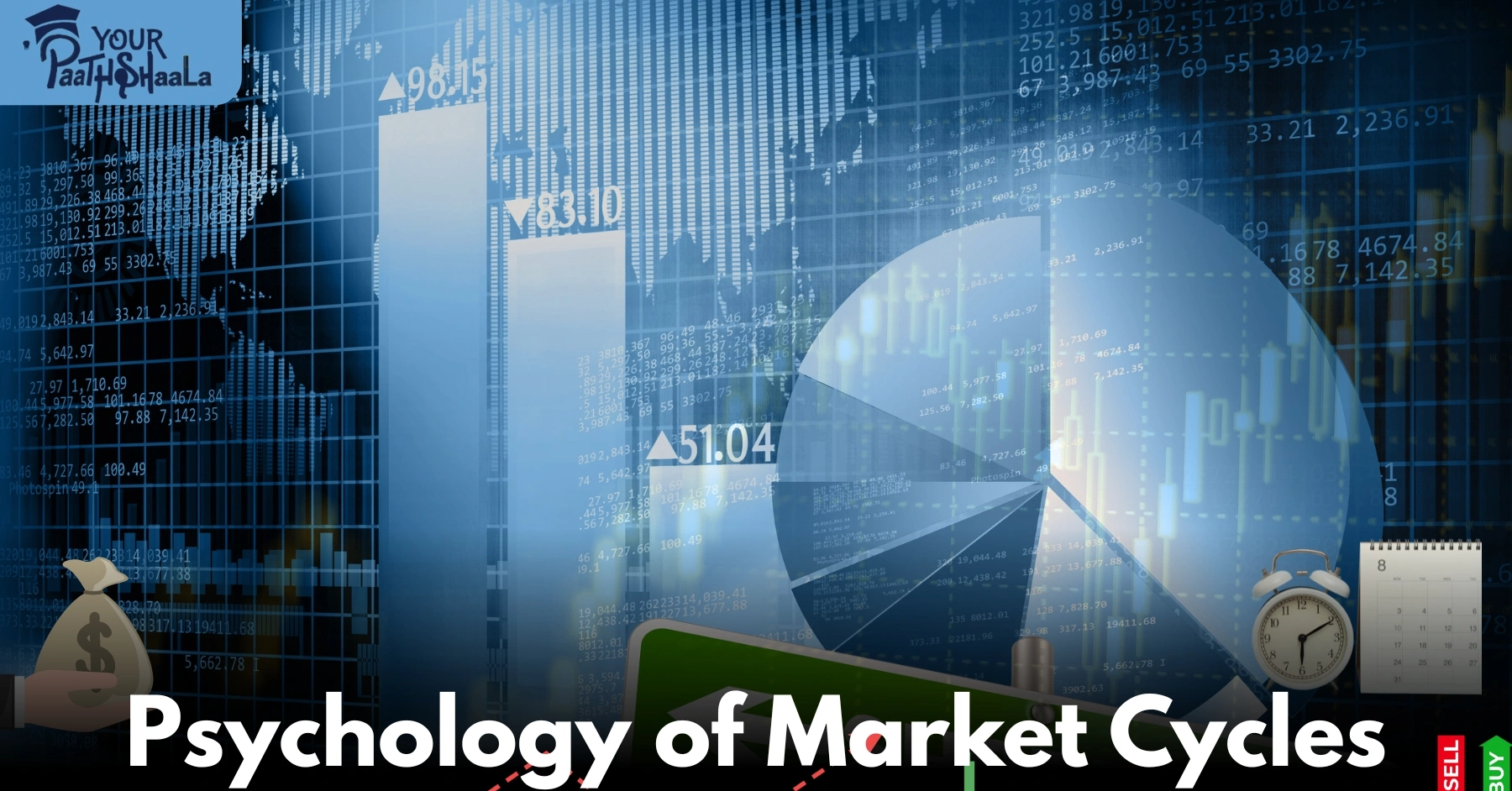



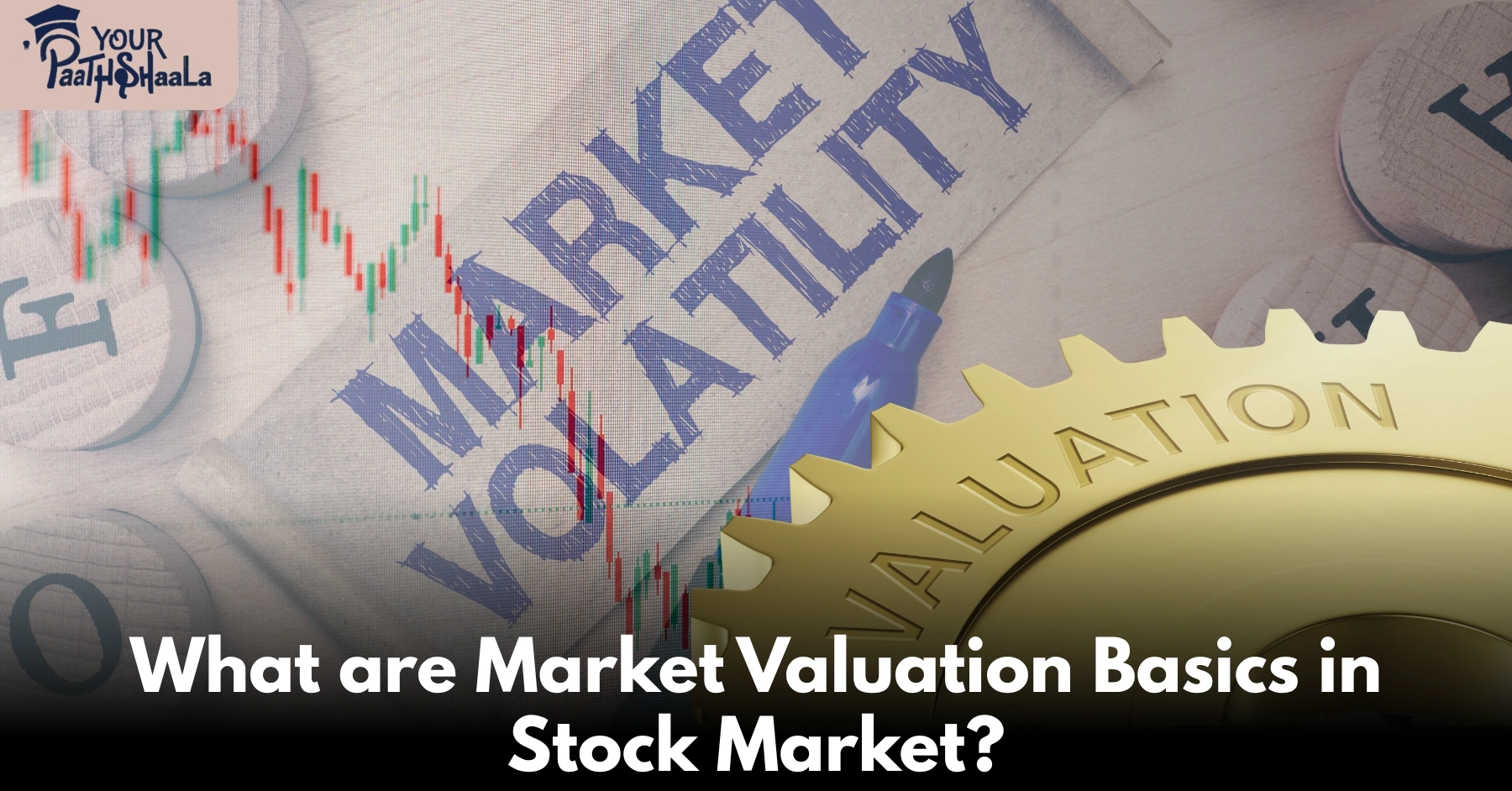
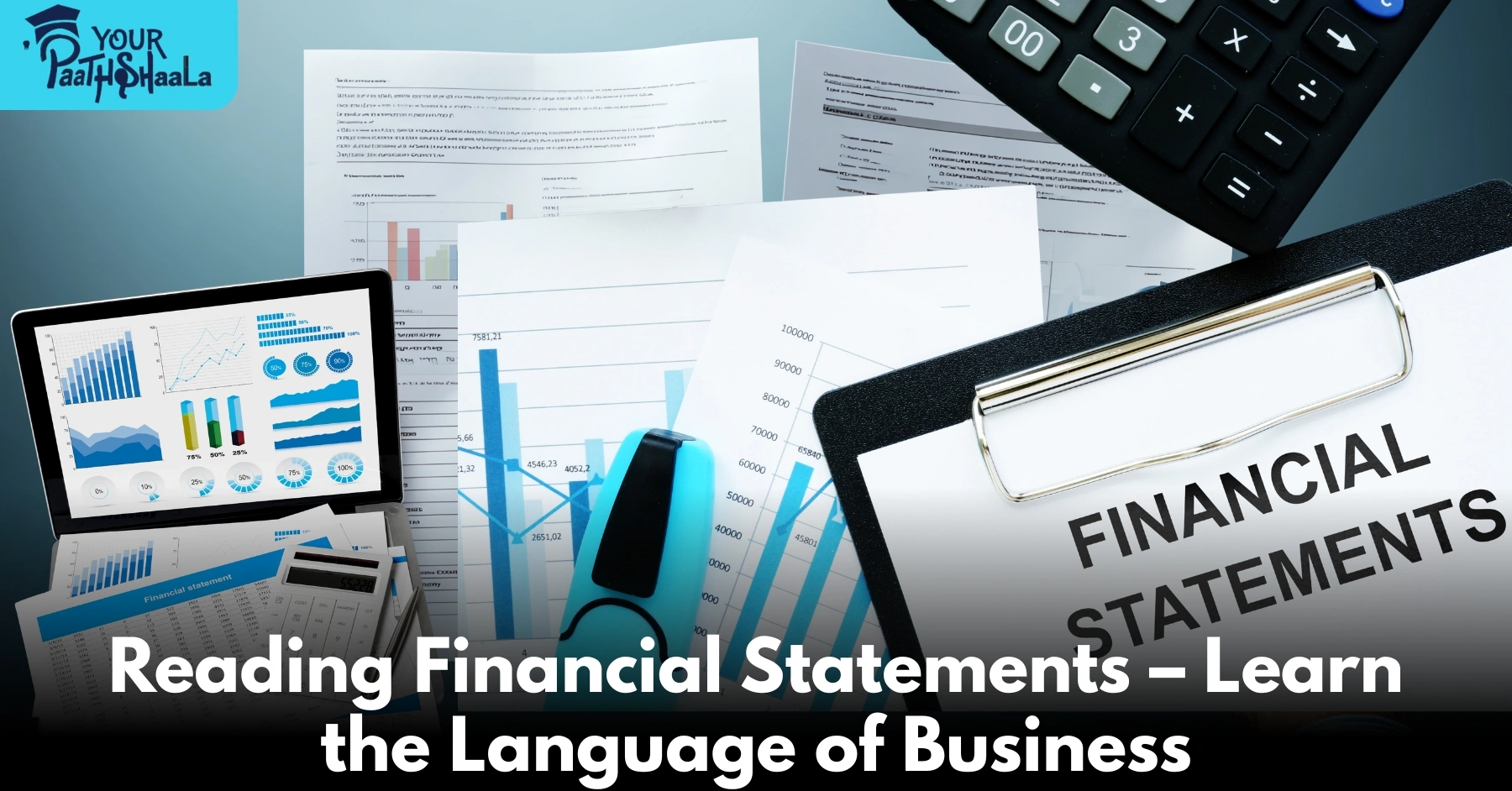
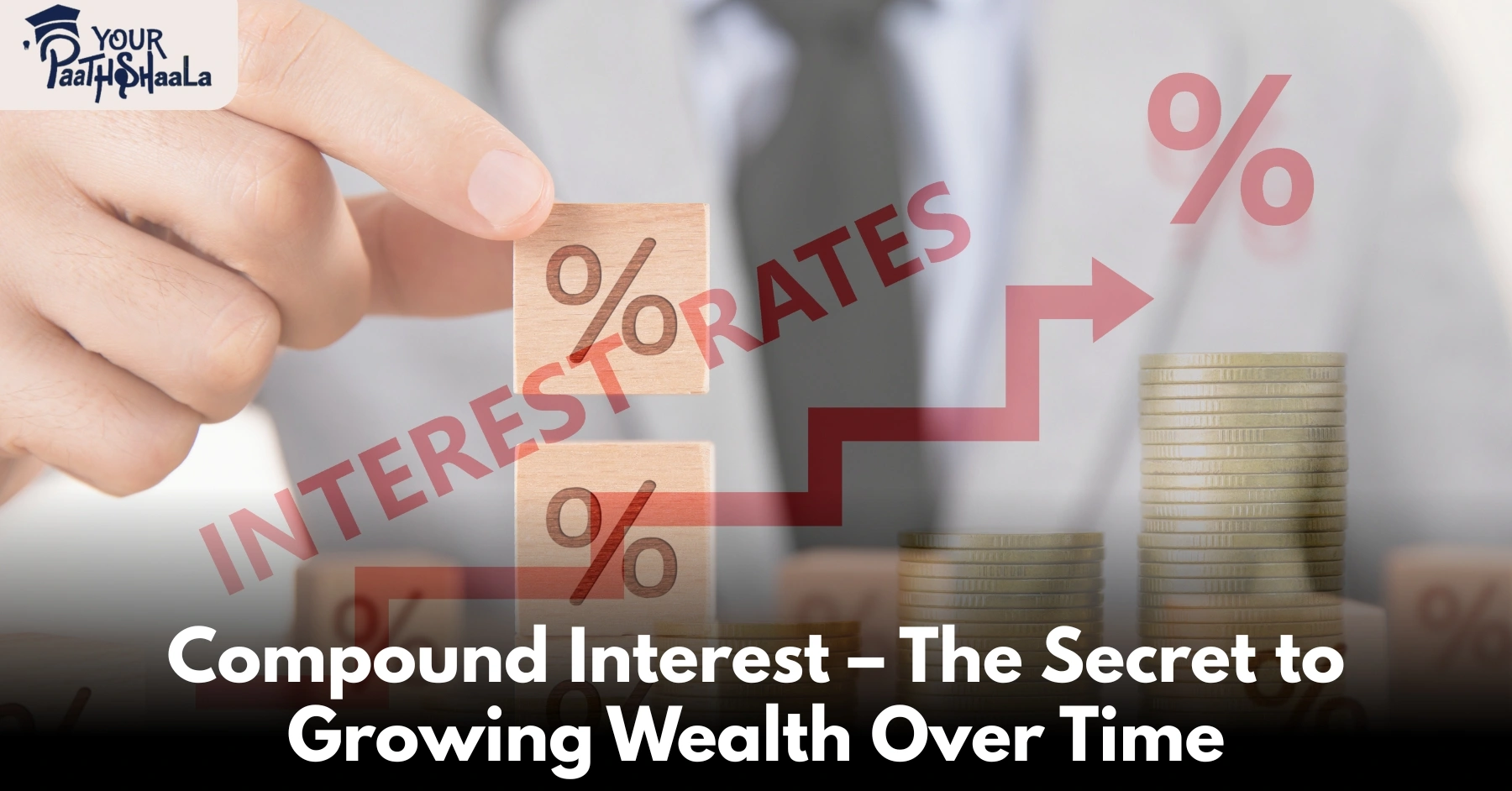
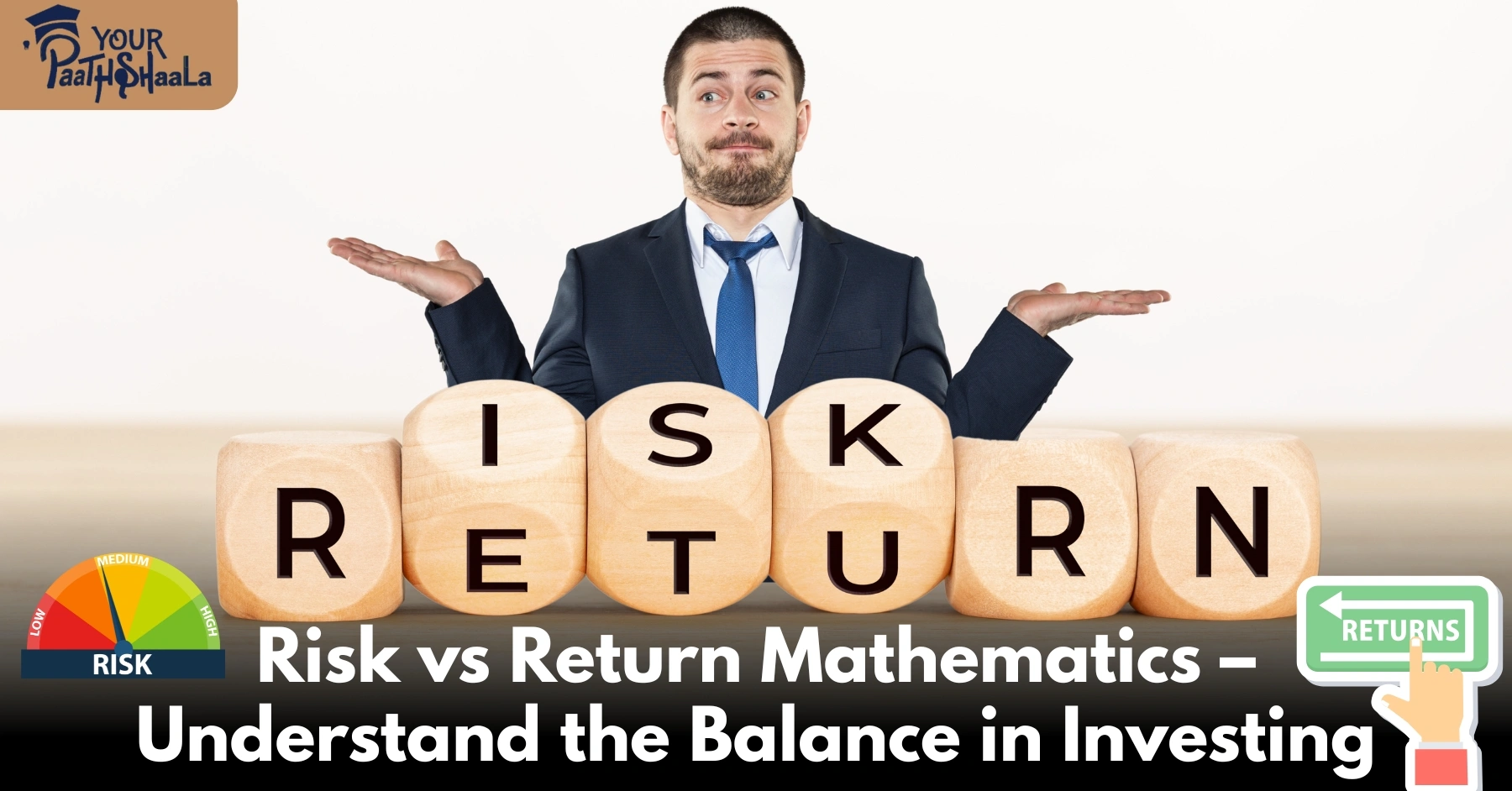
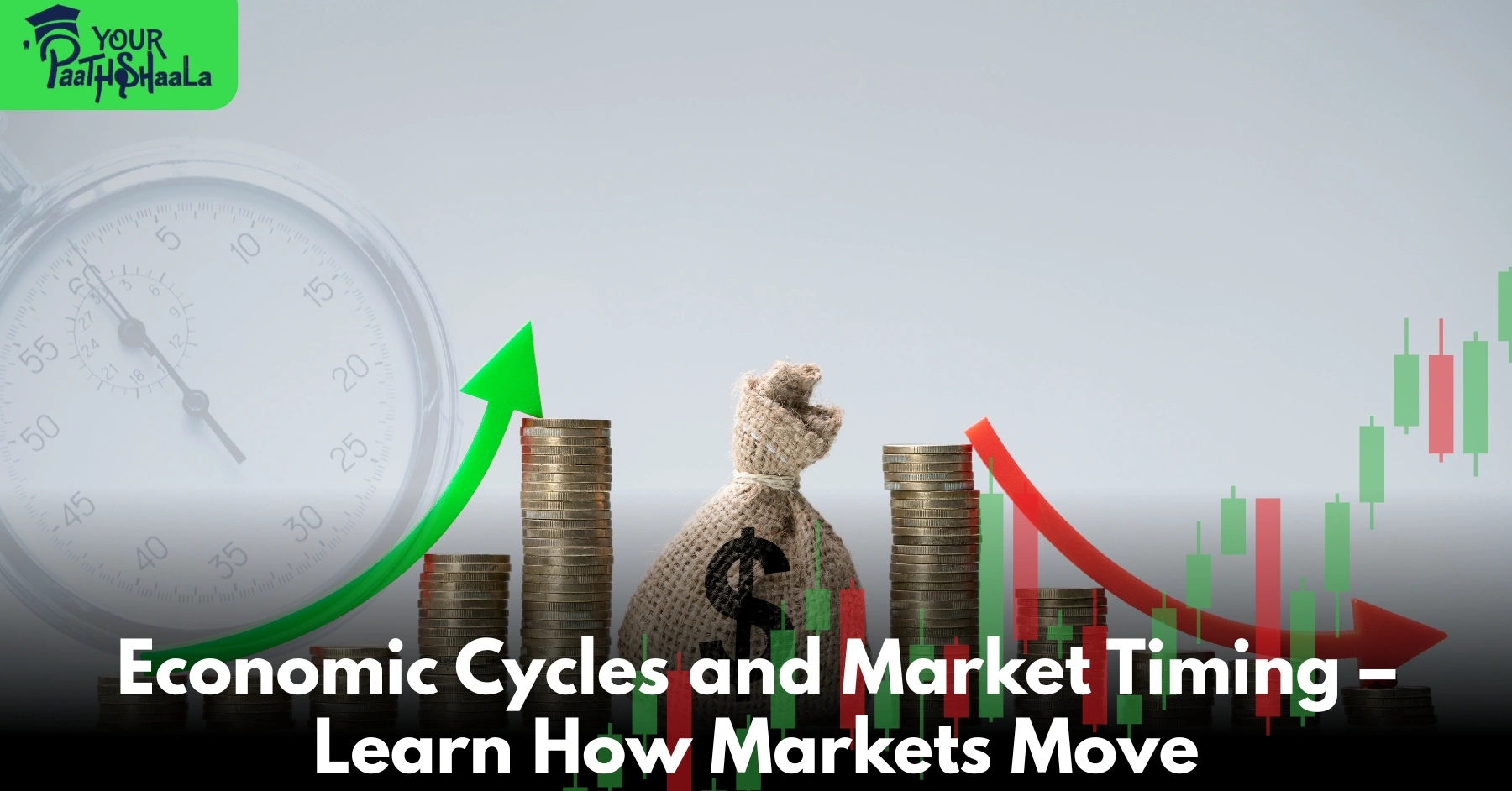

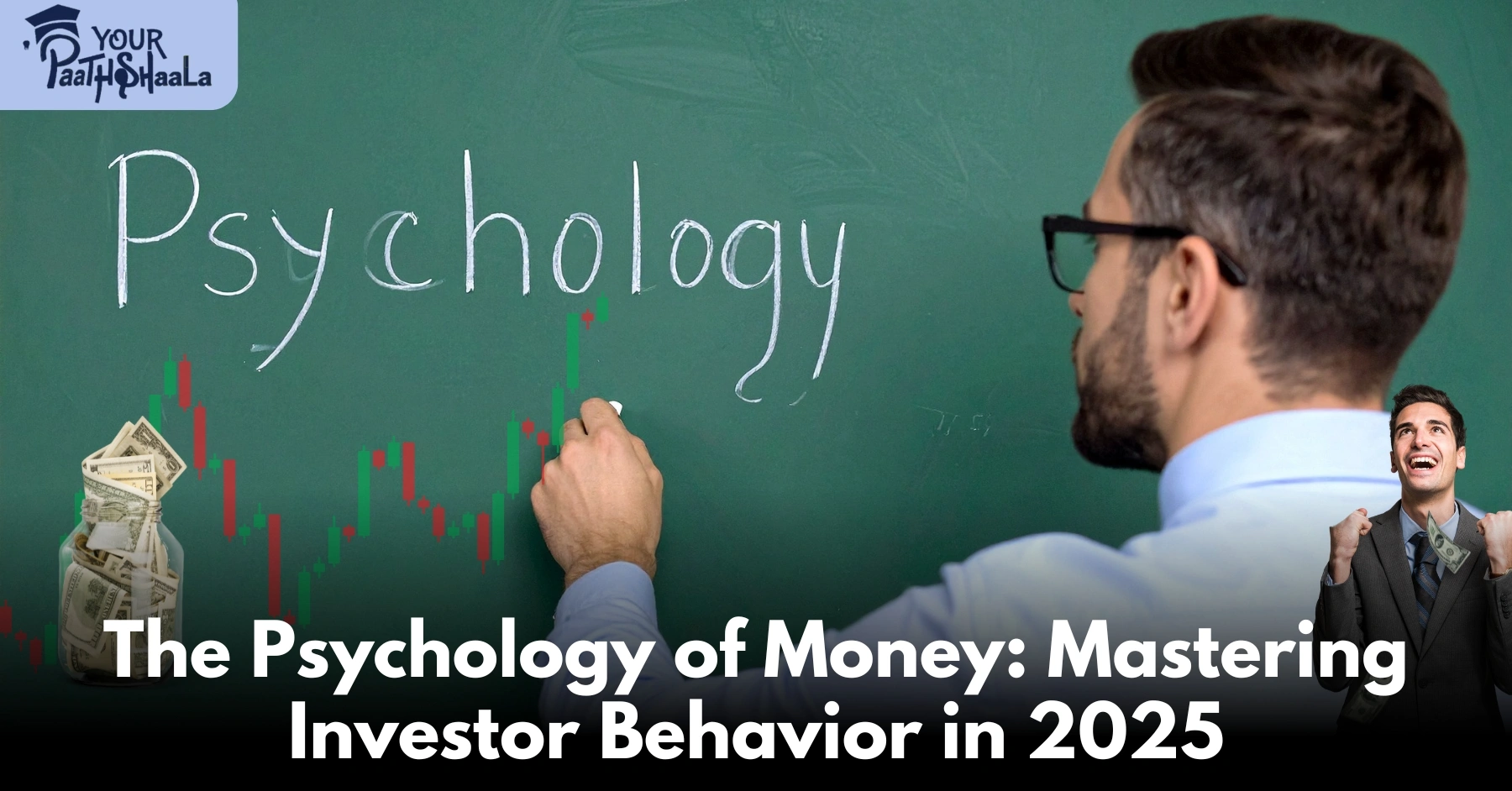
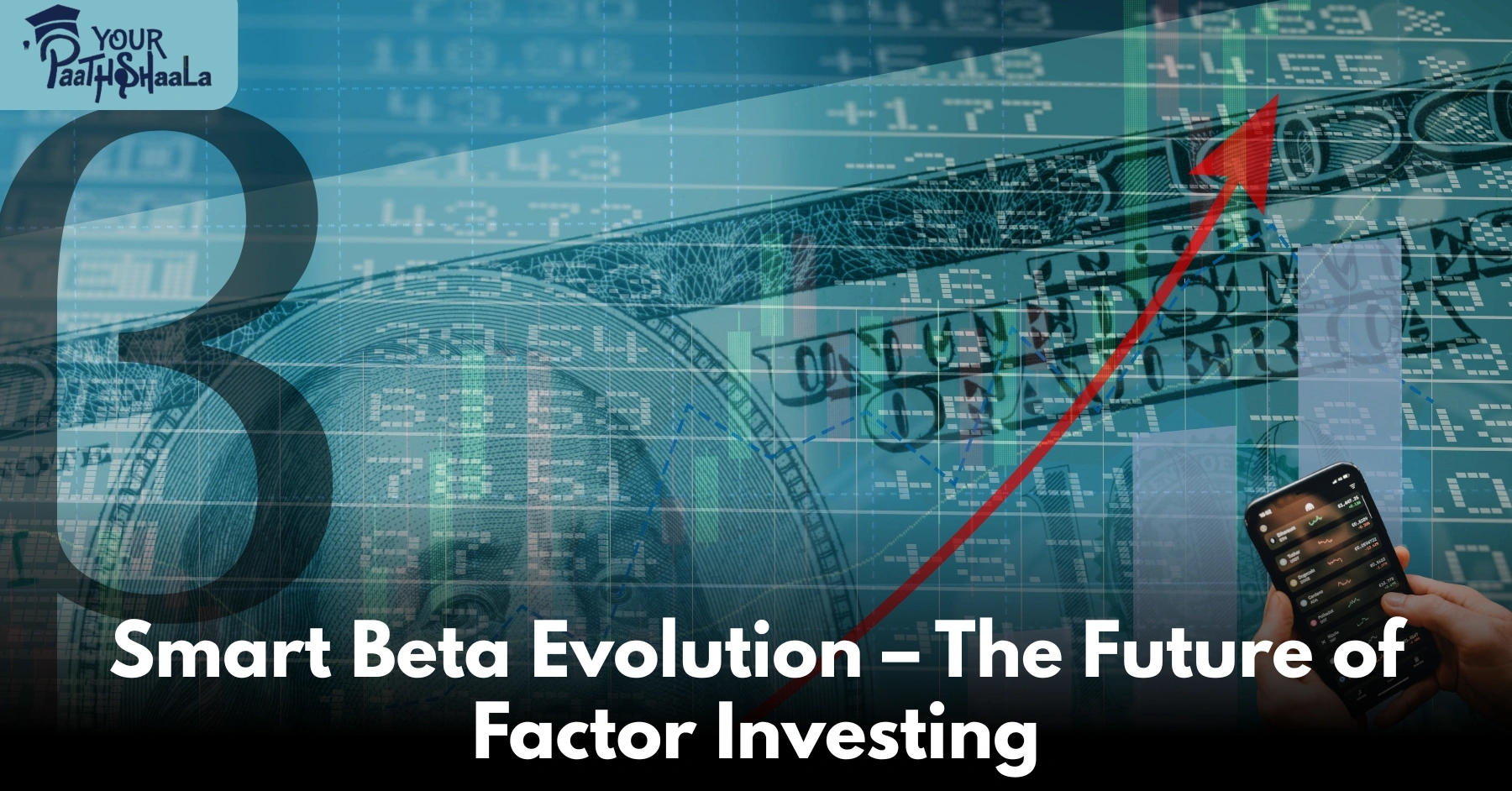
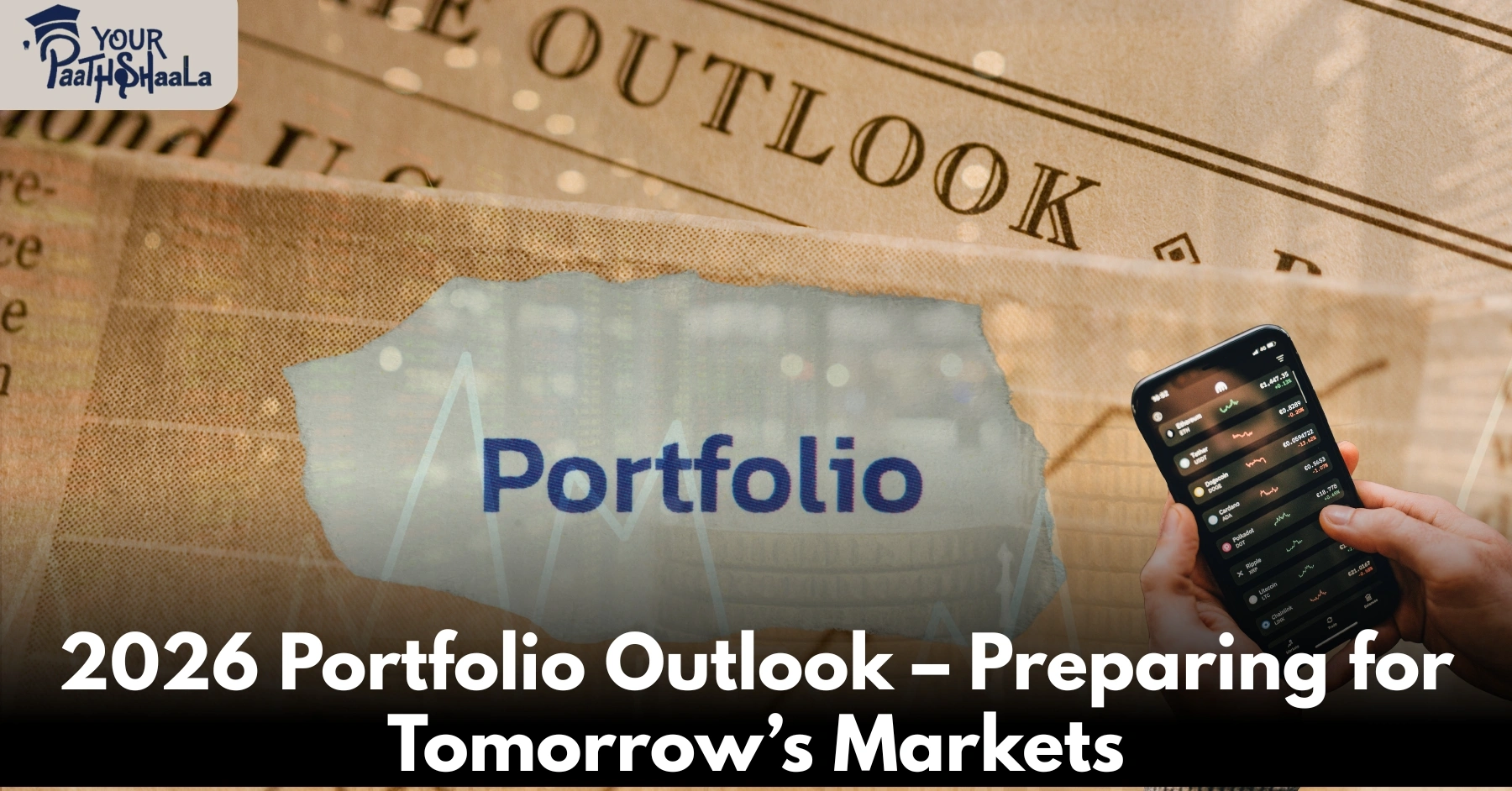
[…] Psychology of Market Cycles […]
[…] Psychology of Market Cycles […]
[…] Psychology of Market Cycles […]